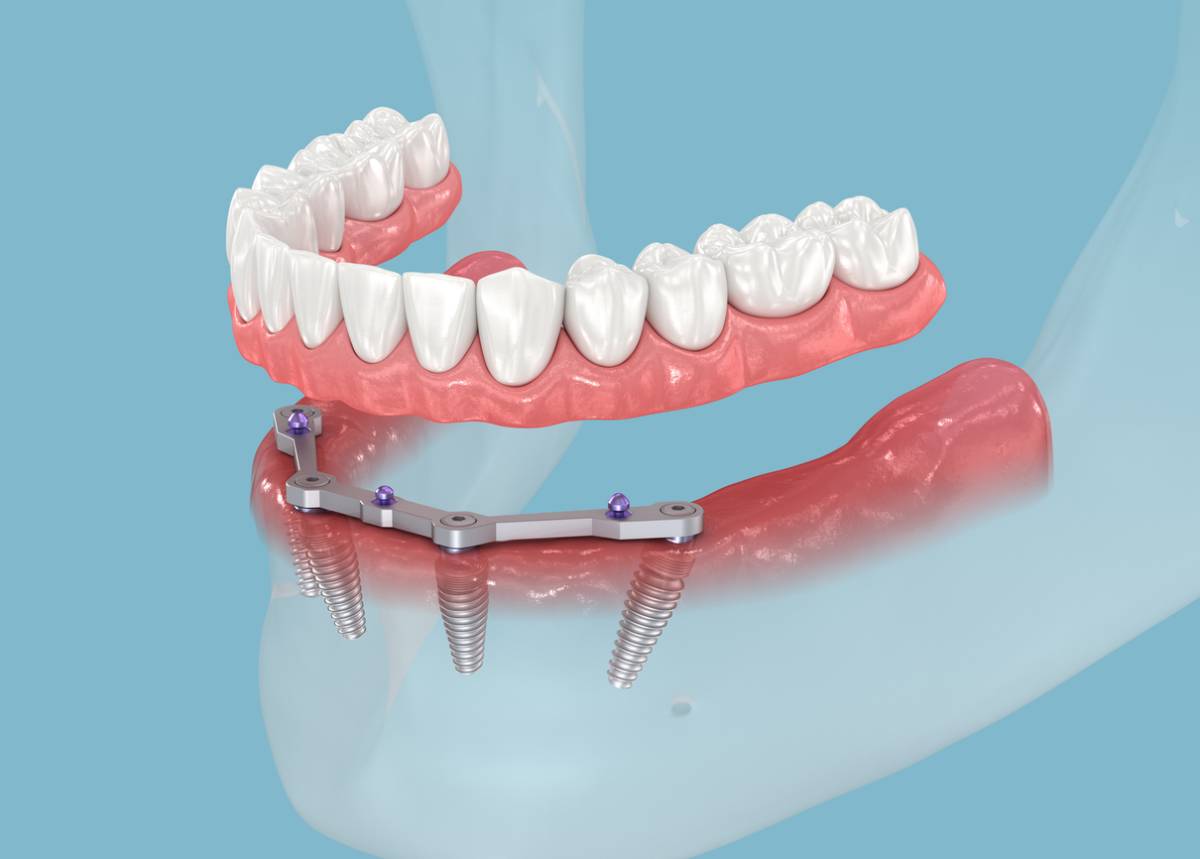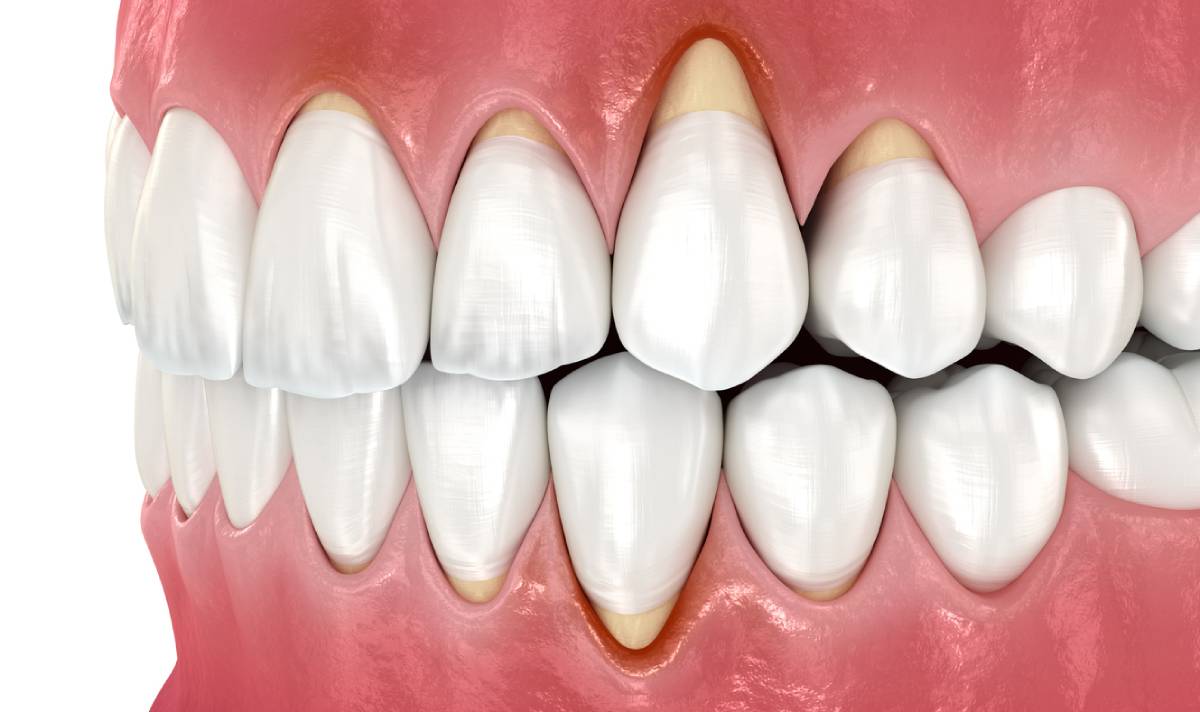Gum recession can be an upsetting condition that is, unfortunately, common among people over the age of 65. Pinhole surgery is a cosmetic solution rising in popularity for this issue. But does pinhole gum surgery last? In this article, we discuss the procedure, along with its advantages and disadvantages.
Does Pinhole Gum Surgery Last?
The Pinhole Surgical Technique is a state-of-the-art procedure for combating gum recession. The procedure derives its name from the small incision required for its performance. However, this incision is enough for your dentist to gently but precisely move the gum tissue with a specialized instrument and to cover the exposed roots of your teeth. The benefits of the pinhole surgery include:






